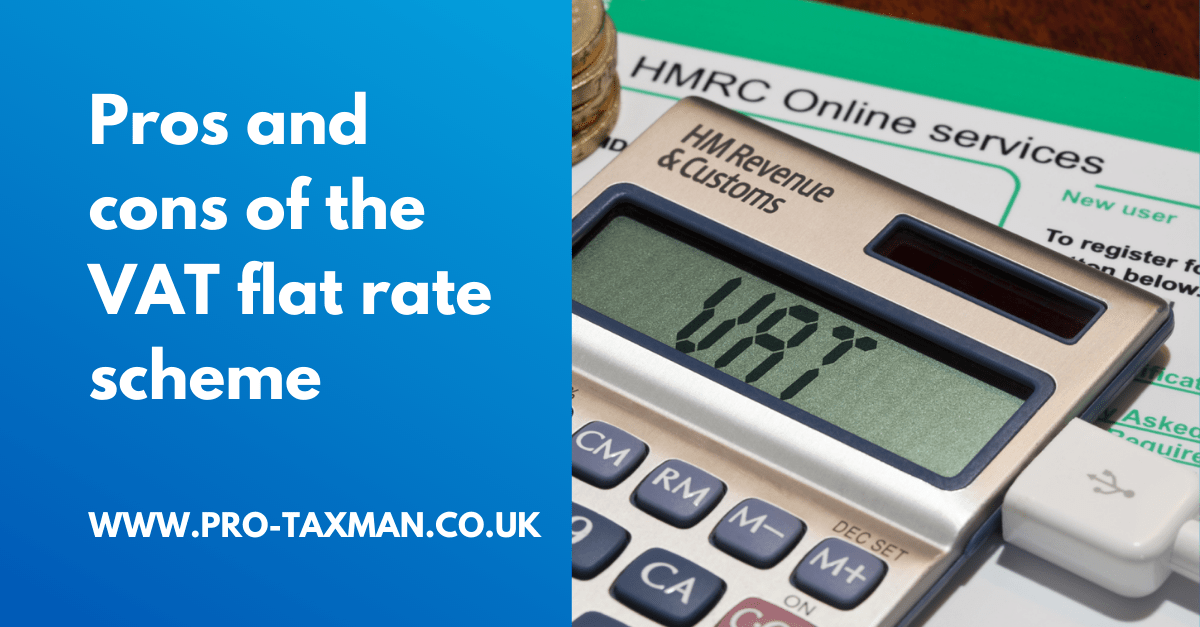The flat rate scheme offers VAT registered traders who meet the eligibility conditions a simpler way to work out the VAT that they need to pay over to HMRC. However, while it may save work, it may also cost more than working out VAT in the traditional way.
Nature of the scheme
Under the scheme, traders pay a percentage of their VAT-inclusive turnover over to HMRC, rather than working out the difference between their output VAT and their input VAT. The percentage that they pay is set by HMRC and depends on the business sector in which they operate.
Eligibility
The scheme is only open to VAT-registered businesses which expect their annual VAT taxable turnover to be £150,000 or less. This is the total of everything that they sell that is not exempt from VAT, and is exclusive of VAT. A trader cannot re-join the scheme if they have left it in the previous 12 months.
Once in the scheme, a trader can remain unless their turnover in the last 12 months was more than £230,000 including VAT, or they expect their turnover in the next 30 days alone to be more than £230,000 (including VAT). If this is the case, the trader must leave the flat rate scheme and work out VAT due to HMRC in the usual way.
Advantages
The main advantage of the scheme is that it is simple and that it saves work. There is no need to keep detailed records, particularly of VAT on purchases and expenses. The VAT that is paid over to HMRC is simply the flat rate percentage multiplied by the VAT-inclusive turnover in the period. The scheme may also save money if the VAT due at the flat rate is less than that using the traditional calculation.
Disadvantages
The main disadvantage is that more VAT may be payable to HMRC than if VAT is calculated in the traditional way. This will be the case if the amount determined using the flat rate percentage is more than the difference between output VAT and input VAT in the period. Much will depend on whether the traders input VAT is covered by the margin allowed by the flat rate percentage.
The scheme can be particularly costly for limited cost businesses. These are business where goods are less than either 2% of turnover or £1,000 a year (£250 per quarter). Limited cost businesses must use a higher rate of 16.5% to work out the VAT that they pay over to HMRC, regardless of the sector in which they operate.
The rules can operate harshly for limited cost businesses. In deciding whether a business is a limited cost business, no account is taken of spending on services on which VAT is incurred. The flat rate percentage for limited cost businesses of 16.5% of VAT-inclusive turnover is equivalent to 19.8% of net turnover, leaving little margin for input VAT recovery as 99% of the VAT charged at 20% must be paid over to HMRC. This may be problematic for a business that spends little on goods but which incurs significant VAT on services and items such as fuel and promotional items, which are excluded from the calculation. Where this is the case, the trader may pay much more VAT over to HMRC than under traditional VAT accounting.
Do the sums
In order to decide whether the time savings offered by the VAT Flat Rate Scheme are worthwhile, there is no substitute for doing the sums.
Need professional accounting service or accounting advice? Contact us to book a 15-min Free Consultation with us today.
To find out more please follow us on Facebook, Twitter, or LinkedIn. Feel free to contact us on 0333 006 4847 or request a call back by texting 075 6464 7474

